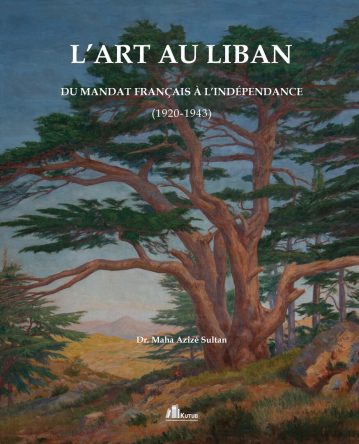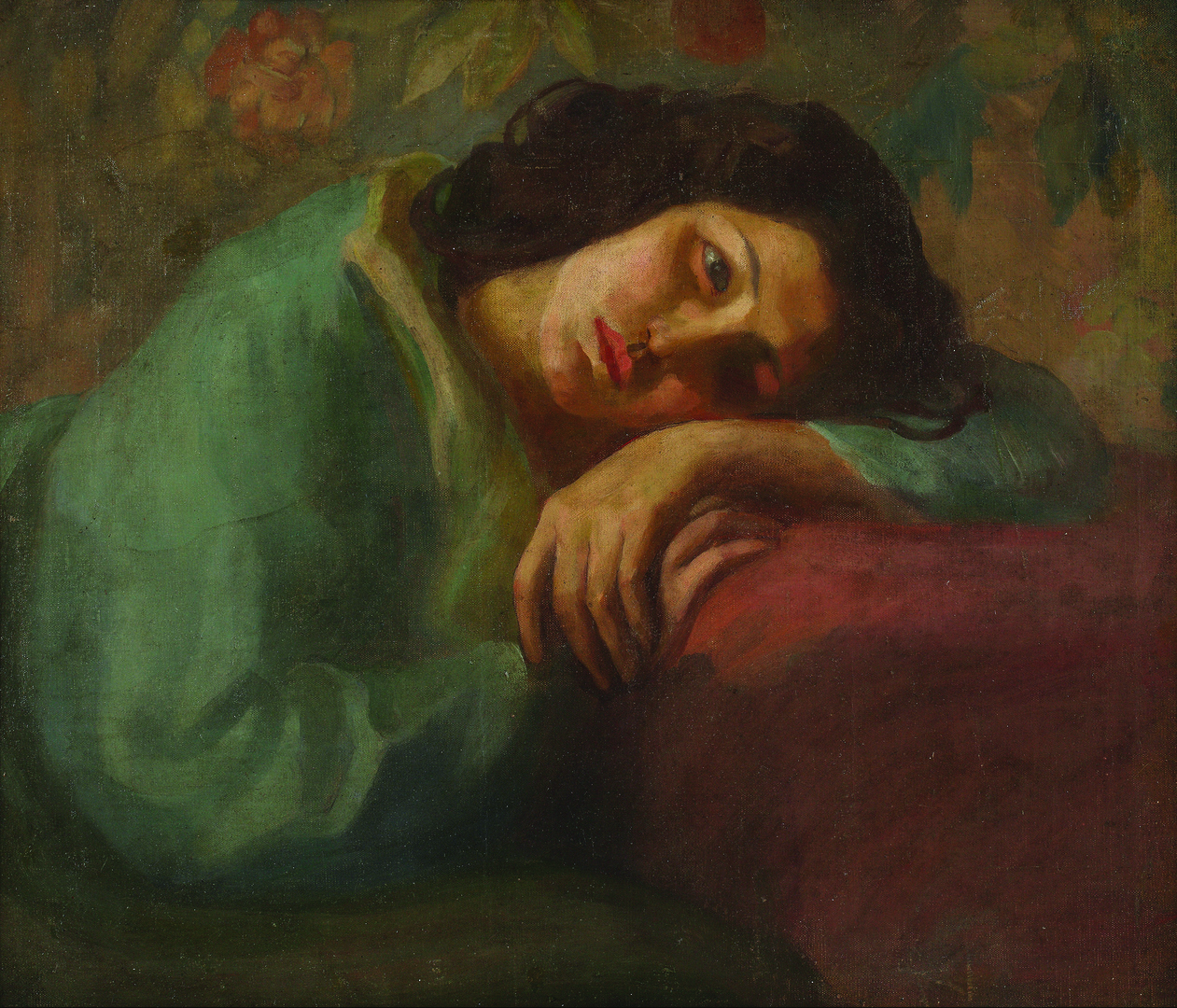L’Art au Liban, du Mandat Français a l’Indépendance (1920-1943).
Sultan, Maha Aziza Dr
Synopsis
Art in Lebanon, from the French Mandate to Independence (1920-1943). Undoubtedly, the French Mandate (1920-1943) over Lebanon reopened the doors of the East to France, which prompted the arrival of groups of amateur and professional artists, engineers, tourists and intellectuals, including writers, archaeologists and diplomats. The prominent changes began to be reflected in the transfer of modern Parisian life to Beirut, which began to expand urbanly, so clubs and associations were established that took the initiative to organize art exhibitions under the patronage of the High Commissioners. The Union Francaise, the Saint George Hotel, and the Lebanese Parliament, in addition to Lebanon’s participation in the colonial exhibitions of colonial artists that were held in the 1930s in Paris. This was accompanied by the appearance of artistic writings on newspaper columns, by writers, artists, journalists and poets, both French and Lebanese. At a time when “Greater Lebanon” was a project for the struggle between two identities: Phoenician and Arab, impressionism began to draw its paths towards discovering the beauty of nature in Lebanon, the land of roots, the crossroads of civilizations, and the link between East and West. [back page]
Sans aucun doute, Le Mandat Français au Liban (1920- 1943) rouvrit les portes de l’Orient devant la France; c’est alors que l’on voit affluer des artistes: amateurs et professionnels, des architectes, des touristes, intellectuels, écrivains, archéologues, et diplomates. La modernisation, ou l’innovation du goût artistique toucha les différents aspects de la vie. Des changements importants ont commencé à se manifester dans le transfert de la vie parisienne moderne à Beyrouth, ville en pleine expansion urbaine. Et sitôt on assiste à la fondation de clubs et d’associations qui ont organisé des Expositions sous le patronage du Haut-Commissariat. On ne manqua pas d’imiter la tradition des Salons, tels les Salons tenus au Grand Palais de Paris, d’ouvrir des salles d’expositions pour les œuvres artistiques (salle de l’Union française, salle de l’hôtel Saint-Georges, salle du parlement libanais…), sans oublier la participation du Liban aux Expositions coloniales organisées à Paris dans les années trente du siècle dernier.
Ceci s’accompagna par l’apparition des écrits sur l’art dans les pages culturelles des journaux et revues, signés par des journalistes, hommes de lettres et artistes français et libanais. À l’époque où le «Grand Liban» était un projet de conflit entre deux identités phénicienne et arabiste, L’impressionnisme trace son chemin vers la découverte de la beauté de la nature au Liban, le pays des racines, le carrefour des civilisations et le lien entre l’Est et l’Ouest.








